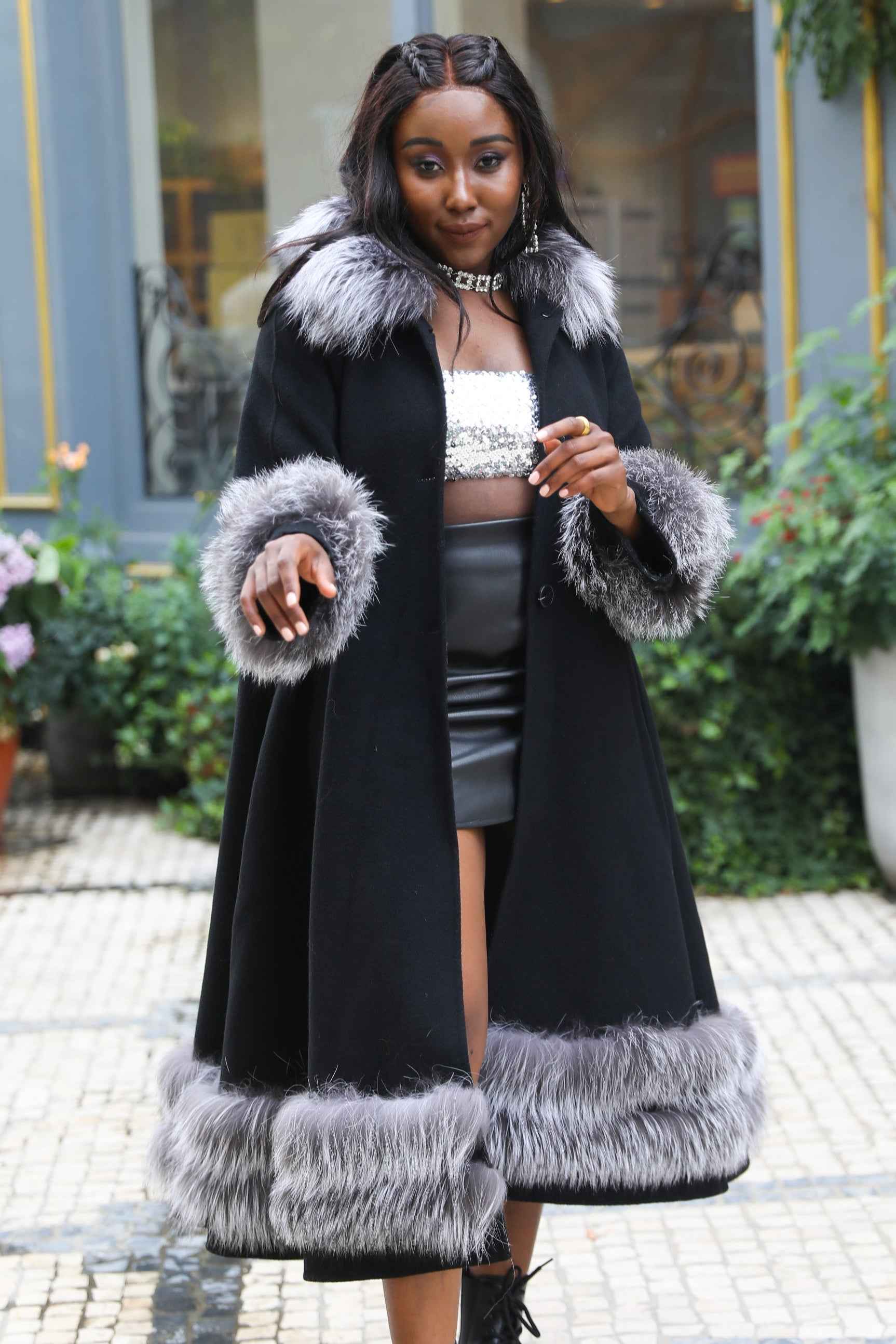
Vintage, Faux, or Fur-Free? The Modern Ethical Fashion Debate
Meta Description: Struggling with your fashion choices? We explore the ethical dilemma of vintage fur, faux fur, and going completely fur-free. Join the conversation and tell us where you stand!

The sight of a luxurious fur coat once sparked a simple, binary debate: luxury vs. cruelty. But in 2025, the conversation has evolved into a complex moral maze. With the resurgence of 'Mob Wife' aesthetics and vintage luxury, paired with growing environmental concerns, choosing a side is no longer straightforward.
So, where do you stand in the modern fur debate? Let's break down the three main camps.
1. The Vintage & Second-Hand Advocate: "Reuse is the Most Sustainable Choice."
This camp argues that the most ethical way to wear fur is to wear what already exists. By purchasing a vintage piece, you're not supporting the current industry but are instead giving a pre-loved garment a new life.
-
The Pro: It's the ultimate form of circular fashion. You're diverting waste from landfills and appreciating a piece of fashion history. It’s a choice often endorsed by those who value craftsmanship and longevity.
-
The Con: Critics, including organizations like PETA, argue that wearing any fur—even vintage—normalizes and glamorizes the commodity, potentially sparking demand for new pieces. It's a powerful symbol that some feel should be retired entirely.
2. The Faux-Fur Believer: "Cruelty-Free is the Only Way."
For decades, faux fur has been the go-to ethical alternative. It allows you to achieve the luxurious look without any animal suffering, making it a clear winner for many.
-
The Pro: It's 100% animal-friendly. Modern technology has made synthetic furs incredibly soft and realistic, available in a vast array of colors and styles.
-
The Con: The environmental cost is significant. Most faux fur is made from petroleum-based plastics (like acrylic and polyester), which shed microplastics into our waterways with every wash and do not biodegrade. So, the question becomes: is it an ethical choice if it harms the planet?
3. The Fur-Free Purist: "Neither is the Answer."
This group takes a hardline stance, rejecting both real and fake fur altogether. Their philosophy is rooted in a commitment to avoid both animal cruelty and the environmental damage of fast fashion synthetics.
-
The Pro: It's a clear, uncompromising stance. It aligns with a minimalist, conscious wardrobe that prioritizes natural, plant-based, or innovative sustainable fabrics (like Tencel or recycled cotton).
-
The Con: Some argue it limits stylistic expression, especially during colder months when fur (both real and faux) has traditionally provided warmth and texture.
The Future: Lab-Grown Innovation?
Beyond these three choices, there's a budding fourth option: bio-fabricated or lab-grown fur. Companies are developing real fur fibers from animal cells without raising and killing animals. While not yet commercially widespread, it promises a future with the look and feel of fur without the ethical dilemmas. But will consumers accept it?
Now, it's your turn!
The debate is nuanced, and there's no one-size-fits-all answer. We want to hear from you.
Where do YOU stand? Vote in our poll and explain your reasoning in the comments below!
[POLL] Which side are you on?
-
Team Vintage: Reusing is the most sustainable path.
-
Team Faux: Cruelty-free will always be my choice.
-
Team Fur-Free: I avoid both for the planet and the animals.
-
Team Wait-and-See: I'm intrigued by lab-grown options.
Let's get the conversation started! Share your thoughts, your styling tips for vintage pieces, or your concerns about synthetic alternatives.








